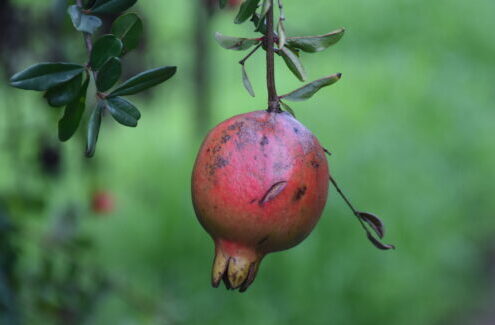1. Data Collection:
a) Web Scraping:
You can use tools like:
-
- BeautifulSoup: It’s a Python library for web scraping purposes to pull the data out of HTML and XML files.
-
- Scrapy: An open-source web-crawling framework for Python.
Example: If you want to collect images of cats and dogs from a website:
import requests
from bs4 import BeautifulSoup
URL = 'your_target_website_url'
page = requests.get(URL)
soup = BeautifulSoup(page.content, "html.parser")
img_tags = soup.find_all('img')
urls = [img['src'] for img in img_tags]
for url in urls:
response = requests.get(url)
with open('path_to_save_images', 'wb') as file:
file.write(response.content)
b) Datasets Available Online: There are several publicly available datasets for image segmentation, such as:
-
- COCO
-
- ADE20K
-
- Cityscapes
-
- Pascal VOC
c) Create Your Own: Use your smartphone or camera to capture images. This is especially useful if you have a niche requirement that’s not available in public datasets.
2. Annotation for Image Segmentation:
Annotation tools help you label the collected images for segmentation. Some popular and free tools are:
-
- Labelbox
-
- VGG Image Annotator (VIA)
-
- LabelMe
3. Pre-processing:
a) Image Augmentation:
Enhance your dataset’s size and variability using augmentations. These can be:
-
- Rotation
-
- Shearing
-
- Zooming
-
- Horizontal/Vertical flipping
-
- Cropping
imgaug and Augmentor are good Python libraries for this.
b) Resize:
Resizing all images to a standard size can help in faster and consistent training.
c) Normalization:
Normalize pixel values to be in the range [0,1] or [-1,1]. It helps in faster convergence during training.
normalized_image = image / 255.0d) Color Spaces:
Sometimes, converting an image to a different color space (like HSV or LAB) can provide better results.
e) Histogram Equalization:
Enhance the contrast of your images. OpenCV’s equalizeHist function can help.
f) Removing Noise:
Denoising images can be useful, especially if they were taken in low-light conditions. OpenCV’s fastNlMeansDenoisingColored can be employed.
4. Example:
Let’s say you’re building a segmentation model for different types of fruits:
-
- Collection:
-
- Use web scraping to collect images of fruits.
-
- Manually capture images of fruits.
-
- Collection:
-
- Annotation:
-
- Use tools like Labelbox to manually segment and label parts of the fruits.
-
- Annotation:
-
- Pre-processing:
-
- Resize: Standardize all images to 256×256.
-
- Augment: Use random rotations and zooms to artificially increase your dataset size.
-
- Normalize: Ensure pixel values are in [0,1].
-
- Pre-processing:
By following these steps, you’ll have a dataset ready for training your image segmentation model.

